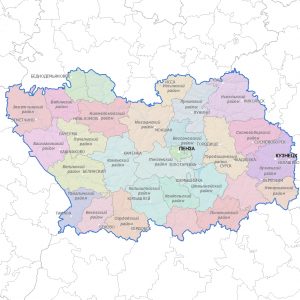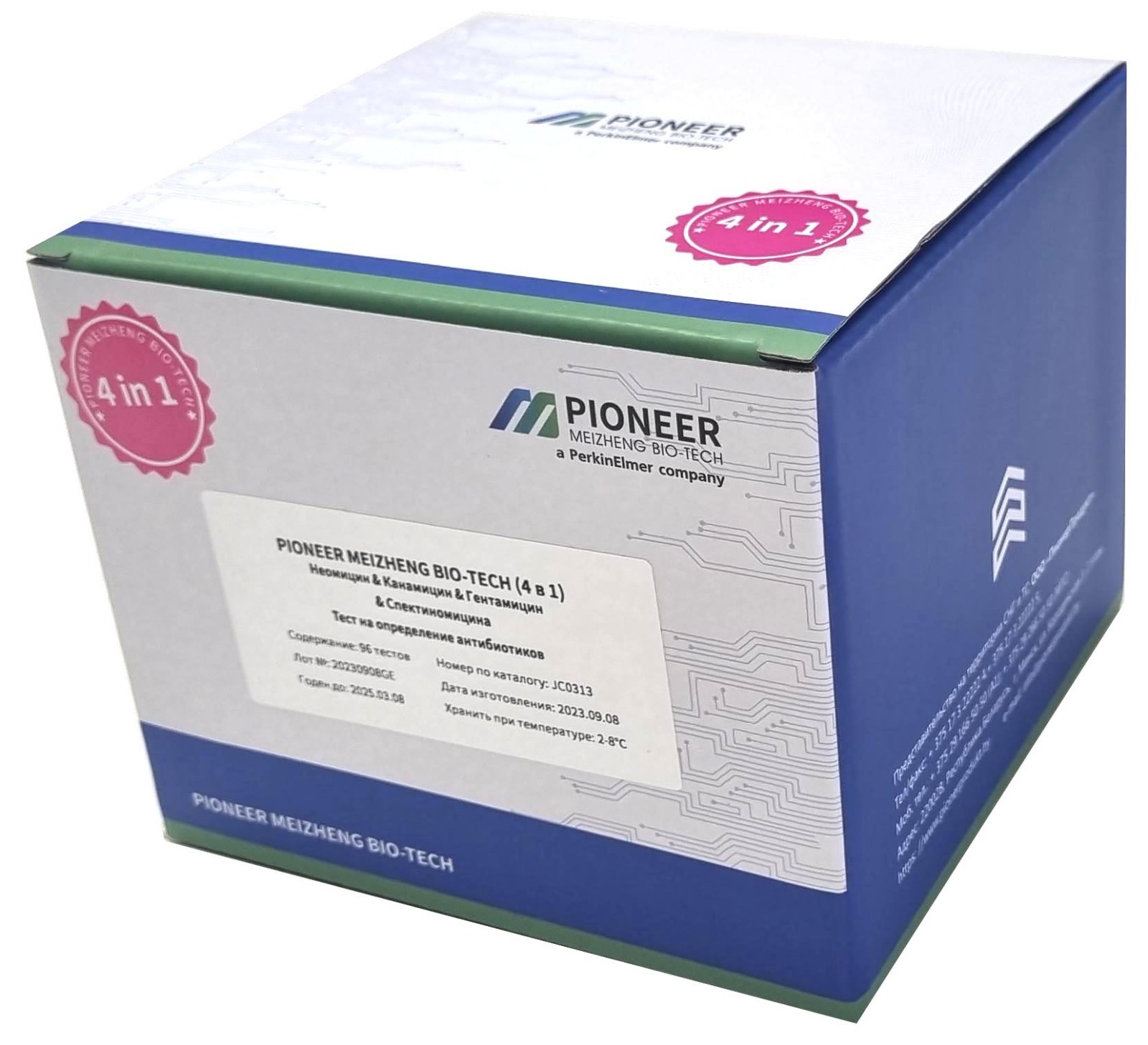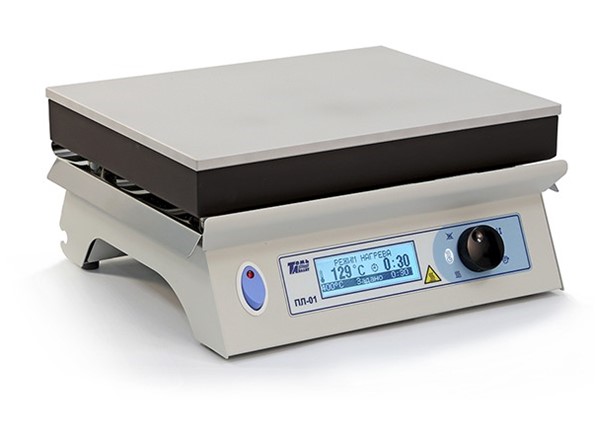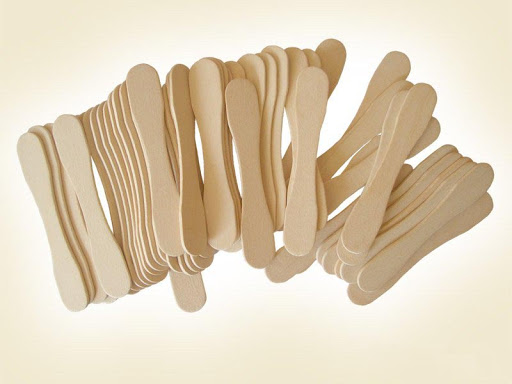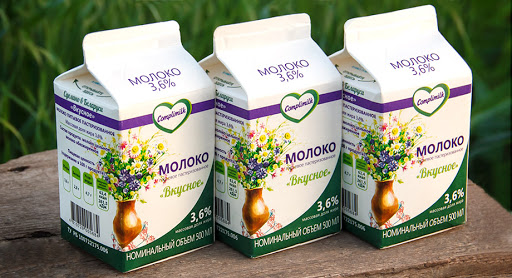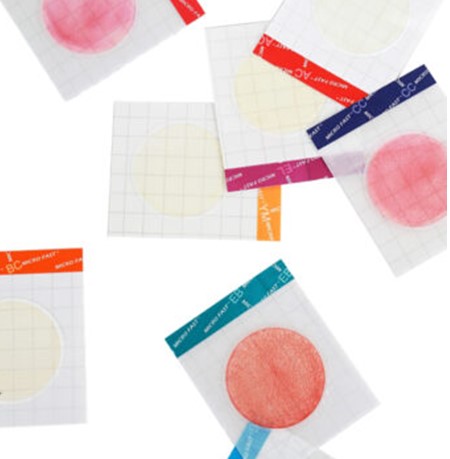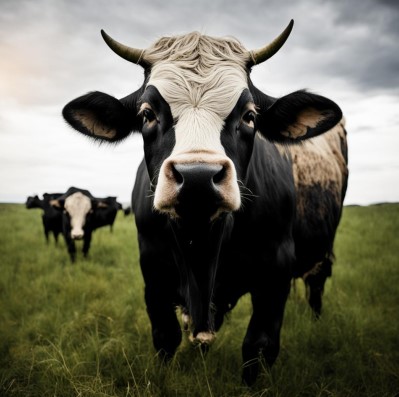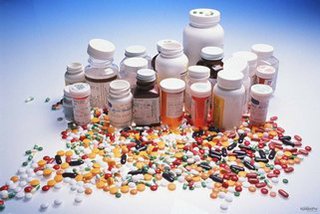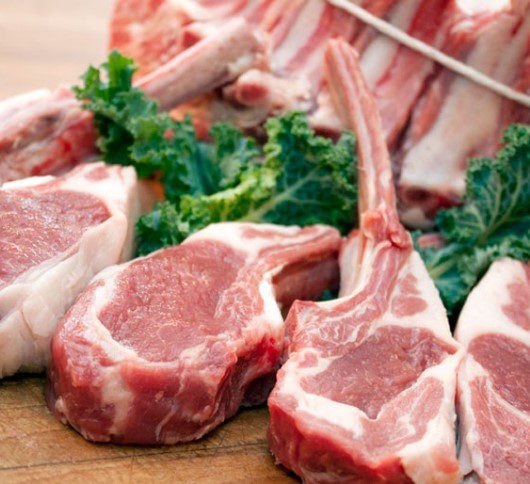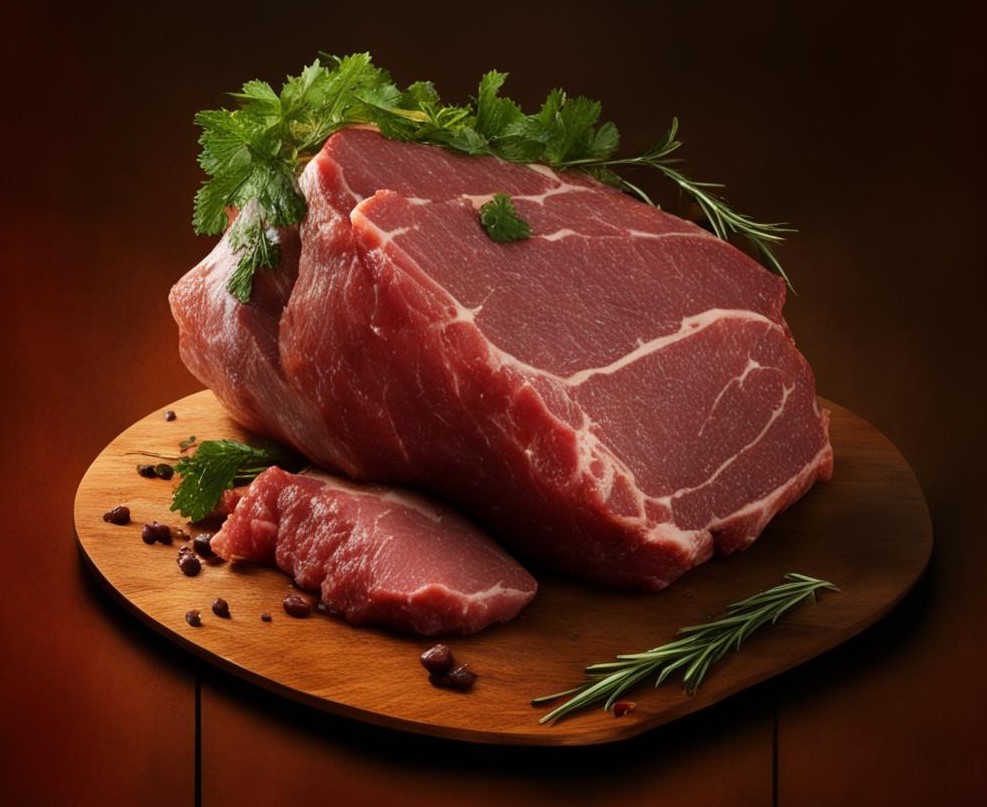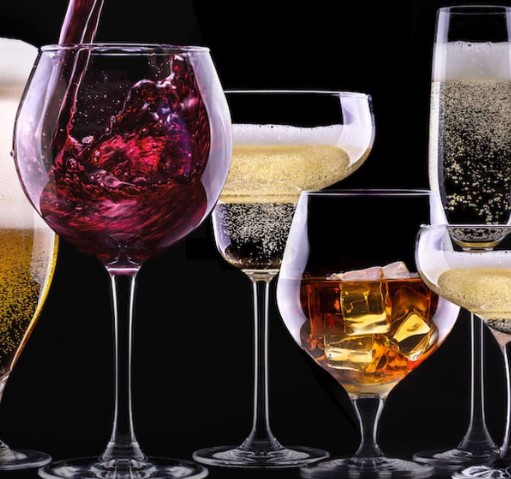In 2023, turkey meat production increased by 1%
Thus, in October 2023, the price of broiler chicken from producers increased by 51% compared to the same month in 2022 (143 rubles/kg and 215 rubles/kg, respectively). Also, the price of pork ham increased by 51% - from 226 rubles/kg to 342 rubles/kg. At the same time, prices for turkey products rose by 13.9% - from 270 rubles/kg in 2022 to 307 rubles/kg in 2023. At the same time, turkey-breeding enterprises were operating at full capacity, and producers' inventories were almost zero. Low prices for turkey have helped keep the cost of other types of MEAT, such as beef , pork and lamb , from rising, NAPI noted.
Despite a record grain harvest, the cost of turkey meat production has not decreased due to supposedly cheaper feed. On the contrary, the industry has faced price challenges that have increased production costs by an average of 13-15% compared to 2022. The unpredictable crisis in the labor market led to a 28% increase in the salaries of turkey farming executives in November 2023 compared to November 2022. The exchange rate of the euro and US DOLLAR also increased, which led to an increase in the cost of equipment and consumables for turkey production. The increasing complexity of logistics, demands for full advance payment from suppliers of capital goods and parallel imports also led to an increase in the cost of goods by 40-60%.
The situation in the processing sector has also become more complicated due to increased prices for spices, functional additives, crackers and aromatics. Tariffs for electricity and gas have also increased. The cost of transport services increased by 34%, which also affected the rise in prices of products. In addition, the increase in the key rate of the Central Bank to 16% led to the fact that commercial loans for turkey producers became almost inaccessible from the point of view of the financial stability of enterprises.
Another problem for the industry was a decrease in the number of turkeys by 1-1.5% due to the tense epizootic situation during the year, as well as a stop in the supply of certain foreign veterinary drugs vital for the industry and the transition to new vaccination programs based on Russian analogues. At the moment, the domestic bioindustry is not ready to quickly satisfy the needs of poultry farmers for these products, and it will take several years to increase the required volumes of production of highly effective veterinary drugs and develop new ones, according to NAPI materials.
However, demand for turkey is growing among all consumer groups. New turkey breeding projects are being developed in various regions of RUSSIA, for example in the Altai Territory and Crimea, with a total capacity of about 32 thousand tons of finished products per year. Many companies plan to increase turkey production in 2024 , for example, the industry leader Damate Group of Companies will build two new fattening sites with a capacity of about 26 thousand tons in the Penza region and another one in the Rostov region with a capacity of 20 thousand tons per year.
However, preliminary estimates of the cost of turkey production in 2024 may cast doubt on the feasibility of plans, the association said. Among the already announced increases in the cost of various cost components, experts note a further increase in prices for vaccines (+30%), feed additives methionine (+36%) and threonine (+24%), as well as an increase in tariffs for electricity, gas, rail transportation and others services. Labor costs are also expected to rise by 25%.
Therefore, the sustainability and further growth of Russian turkey farming in 2024 and in the next decade will completely depend on government support in the form of preferential investment and operating loans. NAPI believes that such support should concern not only the commercial production of turkey meat, but also breeding turkey breeders to replace the import of hatching eggs with domestic ones.
The turkey farming industry needs a new National Project, similar to the one that made it possible to increase domestic turkey production almost sevenfold - from 48 thousand tons in 2010 to 330 thousand tons in 2020. This project must be comprehensive and provide for the simultaneous growth of the material base for the production of all necessary components, as well as a number of compensatory measures to reduce the negative impact of rising tariffs on goods and services. If it is implemented, the industry’s plans to achieve production volumes of up to 650 thousand tons per year by 2030 will be successfully implemented, NAPI is confident.

